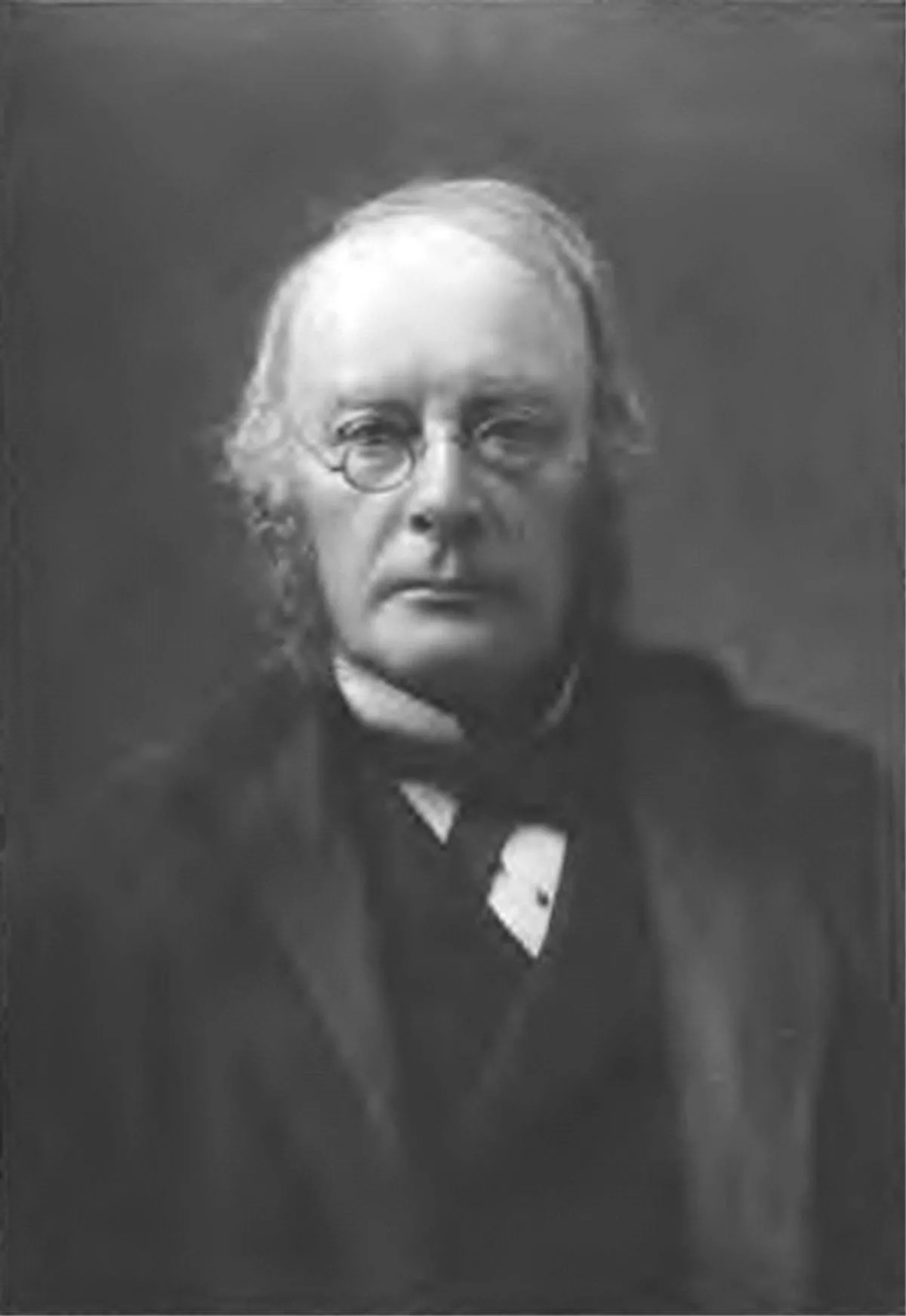 1.
1. Sir Samuel Ferguson was an Irish poet, barrister, antiquarian, artist and public servant.

 1.
1. Sir Samuel Ferguson was an Irish poet, barrister, antiquarian, artist and public servant.
Samuel Ferguson was an acclaimed 19th-century Irish poet, and his interest in Irish mythology and early Irish history can be seen as a forerunner of William Butler Yeats and the other poets of the Irish Literary Revival.
Samuel Ferguson's father was a spendthrift and his mother was a conversationalist and lover of literature, who read out the works of Shakespeare, Walter Scott, Keats, Shelley and other English-language authors to her six children.
Samuel Ferguson lived at a number of addresses, including Glenwhirry, where he later said he acquired a love of nature that inspired his works.
Samuel Ferguson studied at the Belfast Academy and the Belfast Academical Institution.
Samuel Ferguson's father had exhausted the family property and Ferguson was forced to support himself through his student years.
Samuel Ferguson turned to writing and was a regular contributor to Blackwood's Magazine by the age of 22.
Samuel Ferguson was called to the bar in 1838, but continued to write and publish, both in Blackwood's and in the newly established Dublin University Magazine.
Samuel Ferguson married Mary Guinness in 1848, a great-great-niece of Arthur Guinness, and the eldest daughter of Robert Rundell Guinness who founded the Guinness Mahon bank.
Samuel Ferguson retired from the bar in 1867 when he was appointed First Deputy Keeper of Public Records of Ireland.
Samuel Ferguson's collected poems, Lays of the Western Gael was published in 1865, resulting in the award of a degree LL.
Samuel Ferguson wrote many of his poems with both Irish and English translations.
Samuel Ferguson gave the Rhind Lectures in 1884, on 'Ogham inscriptions in Ireland and Scotland'.
Samuel Ferguson died in Howth, just outside Dublin city, and was buried in Donegore near Templepatrick, County Antrim.